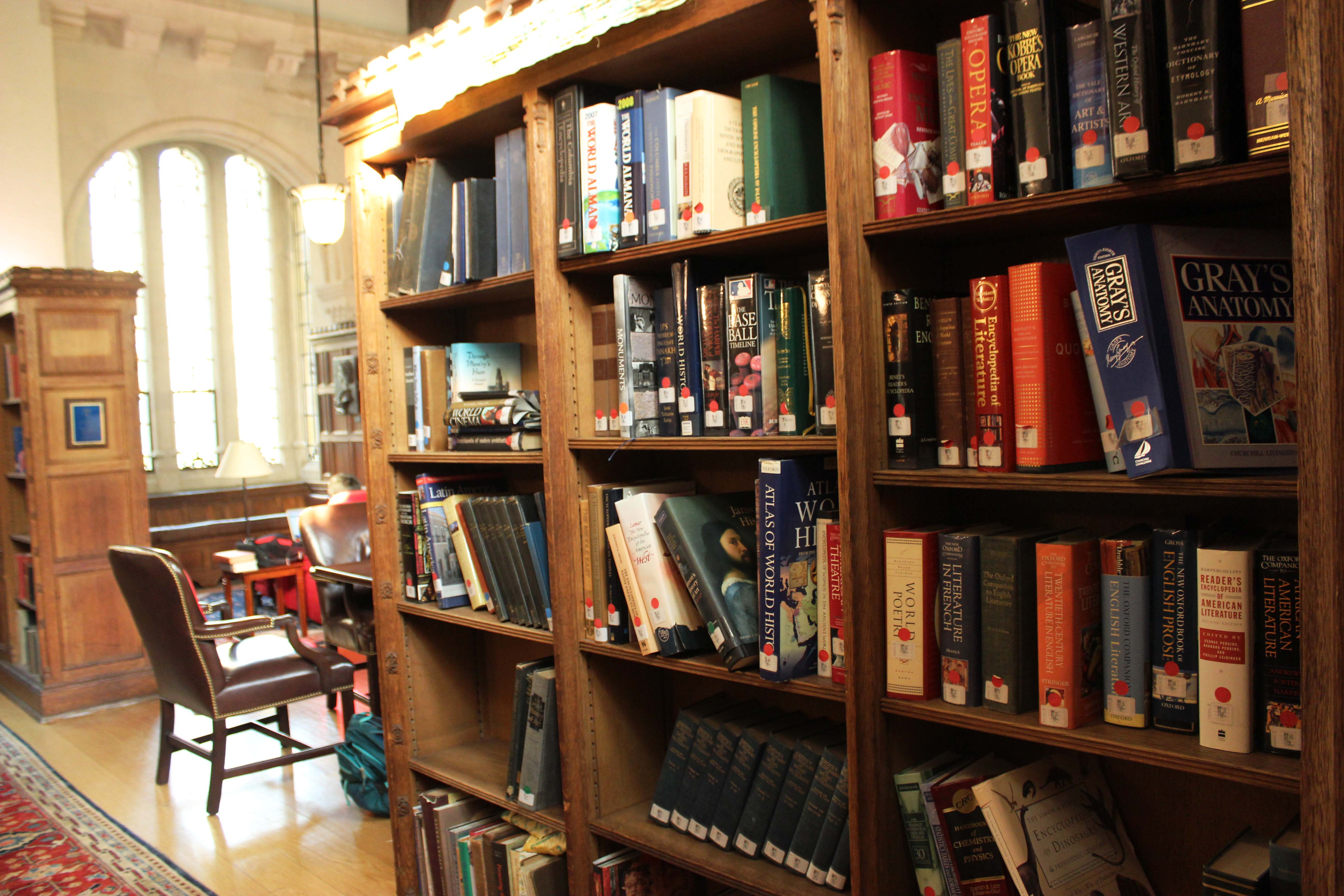
Amid declining budgets and increasing priorities, Yale’s library system has begun to deepen partnerships with peer institutions to address upcoming challenges.
As the University prepares for the arrival of 800 more students over the next four years, ensuring that students continue to have positive experiences at Yale’s libraries is an immediate concern for University Librarian Susan Gibbons.
“With the new colleges coming on line, we are going to need new staffing to support 800 additional students,” Gibbons said, adding that more librarians will be needed to help with undergraduate outreach programs and in majors where students have senior theses. Gibbons also estimated that with the coming increase in the University’s undergraduate student body, the library will need to spend an additional $1.2 million for electronic content licenses annually.
The challenges are exacerbated by the library’s funding structure. According to Gibbons, about three-quarters of the libraries’ budget comes from the return on over 600 library-specific endowments that are managed by the University Investments Office, with the rest coming from general appropriations provided by the Office of the Provost.
Since the money coming from the endowment is designated for purposes that can be fairly narrow — such as a gift specifically for adding books written in shorthand or adding materials related to seafaring adventures — many of the library’s new initiatives can only be funded by what amounts to a quarter of its budget, Gibbons said.
“Many of our endowments are sort of anachronistic in some ways,” Gibbons said. “They did not predict our need for technology, so it is our funds on the [general appropriations] side that are really supporting those kinds of projects.”
As a result of its reliance on returns from the endowment, the library is more susceptible to fluctuations in market performance than the University at large, whose overall spending from the endowment accounts for a third of its total annual revenue.
Consequently, the library is especially hurt by cases of major disruptions such as the 2008 financial crisis. Data submitted to the Association of Research Libraries indicates that Yale’s total annual library expenditure had decreased by over $10 million — nearly 15 percent of its total budget — between 2005 and 2015.
Gibbons also noted that between fiscal 2009 and fiscal 2011, the general appropriations portion of the library’s budget was reduced by about 30 percent. ARL statistics show a decrease in the library’s staffing by nearly 100 members between 2009 and 2010.
“The crisis was a wake-up call for all of us,” Gibbons said. “We came to the realization that our budgets were not going to go back to the way they were.”
For Gibbons and other librarians, collaboration nowadays has become a much more active process beyond the adoption of best practices at other libraries. In fact, librarians across different universities interviewed said collaboration is now an integral part of how research libraries operate today.
“The economic downturn forced all of us to recognize that we cannot do this alone — we just do not have enough money to accomplish all of our goals as individual libraries,” Gibbons said. “That was really the final piece of what we needed to happen for us to all start working together.”
Harvard University Librarian Sarah Thomas expressed a similar sentiment, noting that while the 2008 crisis has created challenges, the downturn motivated libraries to pursue innovative approaches to accessing and using information.
Librarians interviewed cited the significant expansion of the BorrowDirect service — an intercollegiate system that allows students from participating schools to borrow library resources from other institutions — as an example of the increase in collaboration among research libraries.
The idea of a service like BorrowDirect was first discussed in the early 1990s with support from senior librarians at Yale, Columbia and the University of Pennsylvania, according to BorrowDirect’s website. Since its initial launch in 1999, the service has expanded to encompass the entire Ivy League and four other institutions: MIT, Duke, Johns Hopkins and the University of Chicago.
Data from the BorrowDirect website indicated that about 2.5 million requests had been fulfilled through the program by fiscal 2015, a near doubling from the late 2000s. Today, the program annually supplies 250,000 library items from a catalogue of almost 70 million volumes and has reduced the average turnaround times for borrowing from other universities from 29 days to four.
Gibbons said such expansion has facilitated a change in collection strategy. For example, she said participating schools have discussed whether it makes sense for all members to purchase the same resources or whether it is more beneficial to view each separate institution as one part of a “gigantic library.”
Another major breakthrough in intercollegiate exchange is arXiv, a server founded at Cornell in 1991 that allows scientists to quickly share research and stake intellectual claim on new findings even before officially publishing their articles. Yale is one of the member institutions of the server, which now hosts almost 1.2 million research studies with 139 million downloads.
“The unique point to remember is that the technology made this form of scholarly exchange possible,” Associate University Librarian Xin Li at Cornell said about arXiv. “A partnership-based funding model — 200 libraries in 24 countries plus the support from the Simons Foundation — is sustaining it.”
According to Duke University Librarian Deborah Jakubs, the idea of cooperative collection development has been around for decades. While the school is a relatively recent addition to the BorrowDirect system, it has long maintained partnerships with three neighboring schools within 25 miles.
“It’s very interesting to see now that the more wealthy institutions are seeing [collaboration] as the road ahead,” Jakubs said. “We can’t pretend we collect comprehensively and do everything — that was always a myth, but it is even more of a myth now.”







